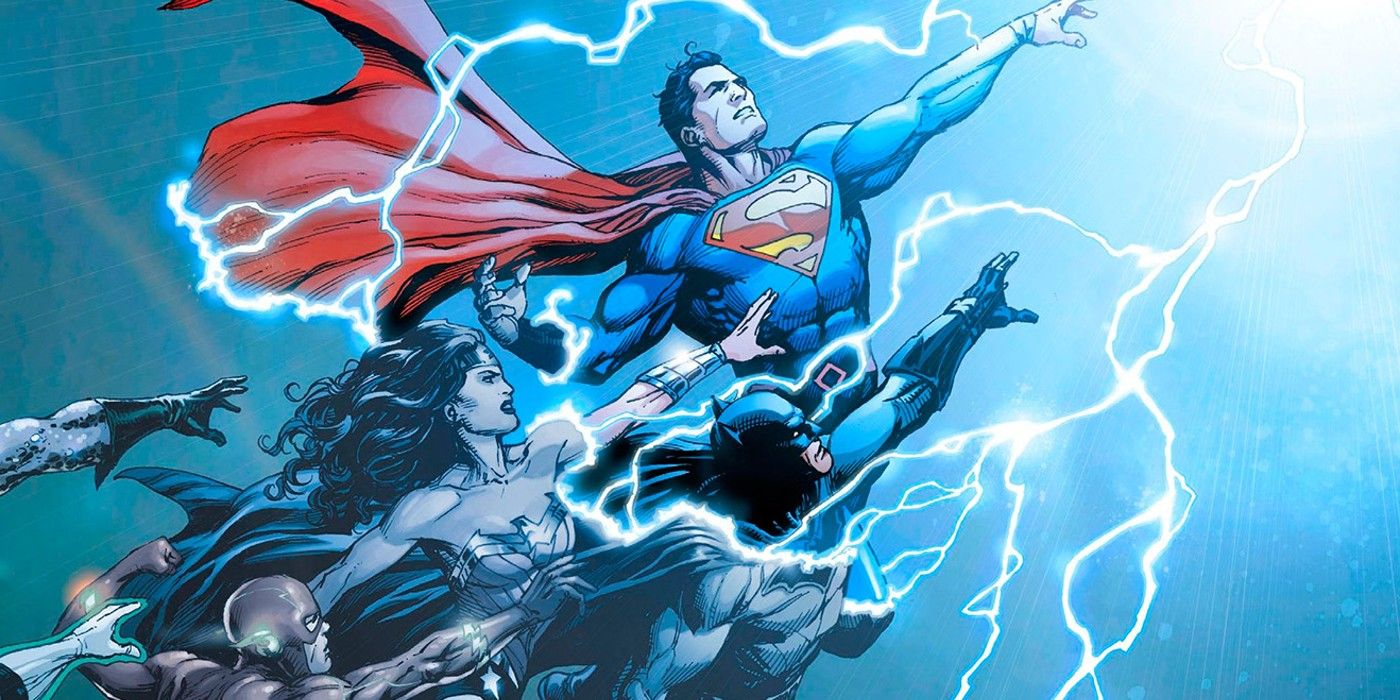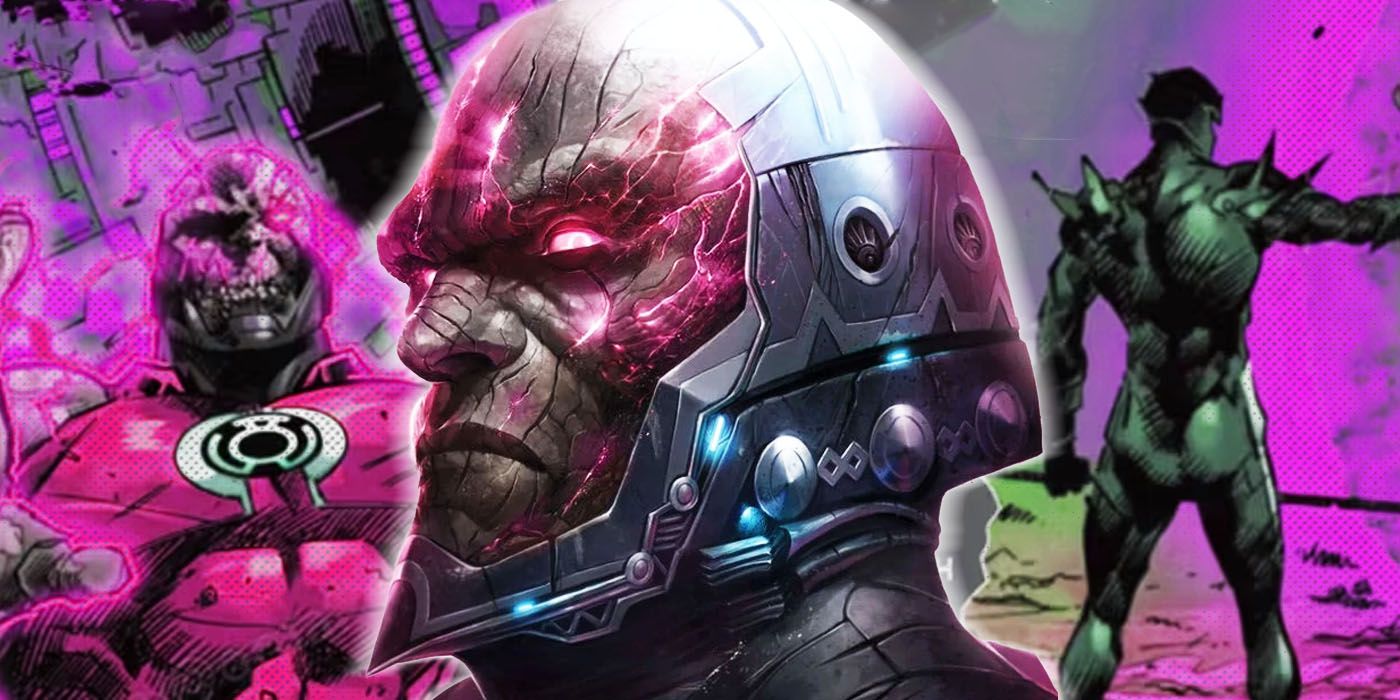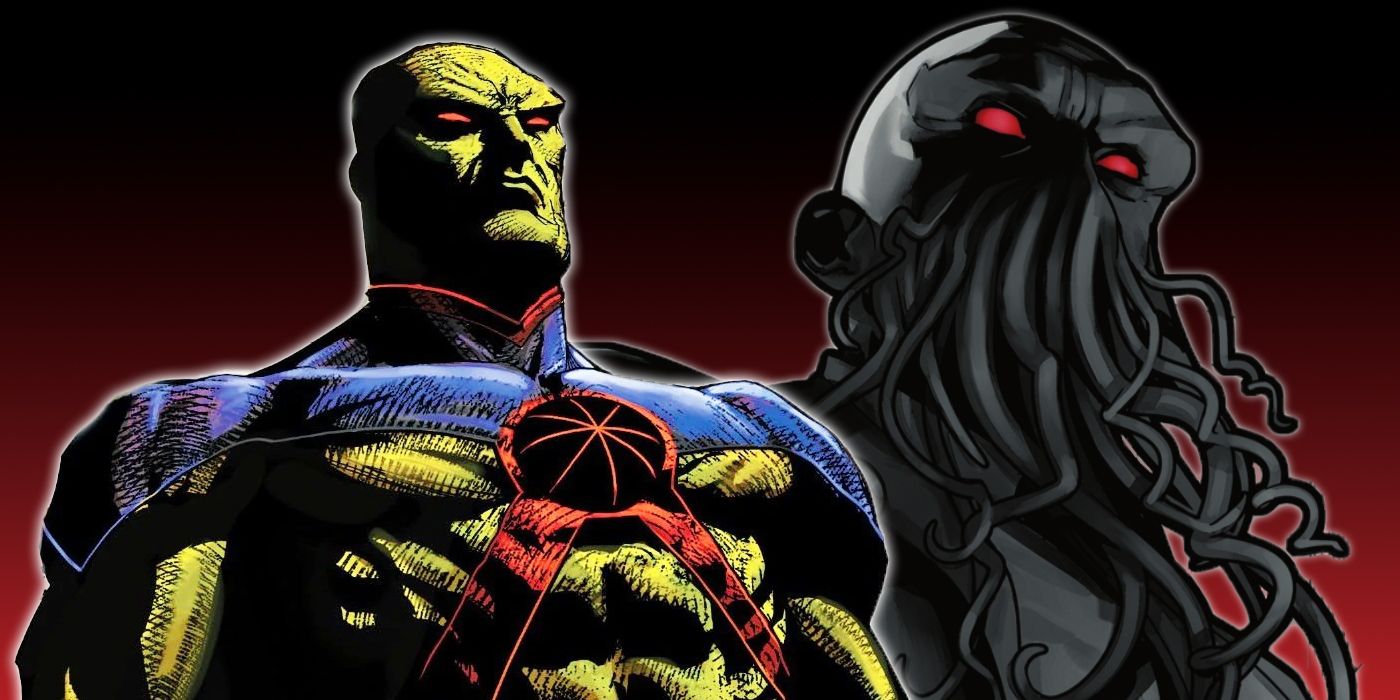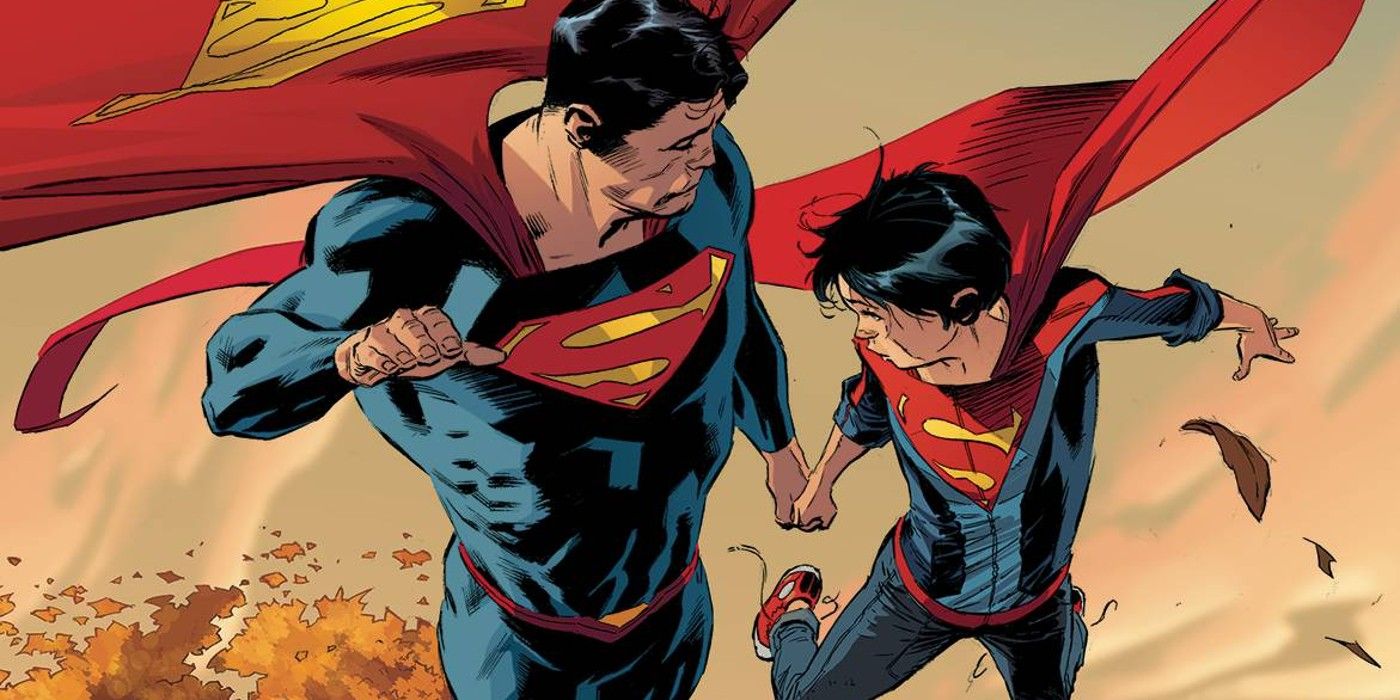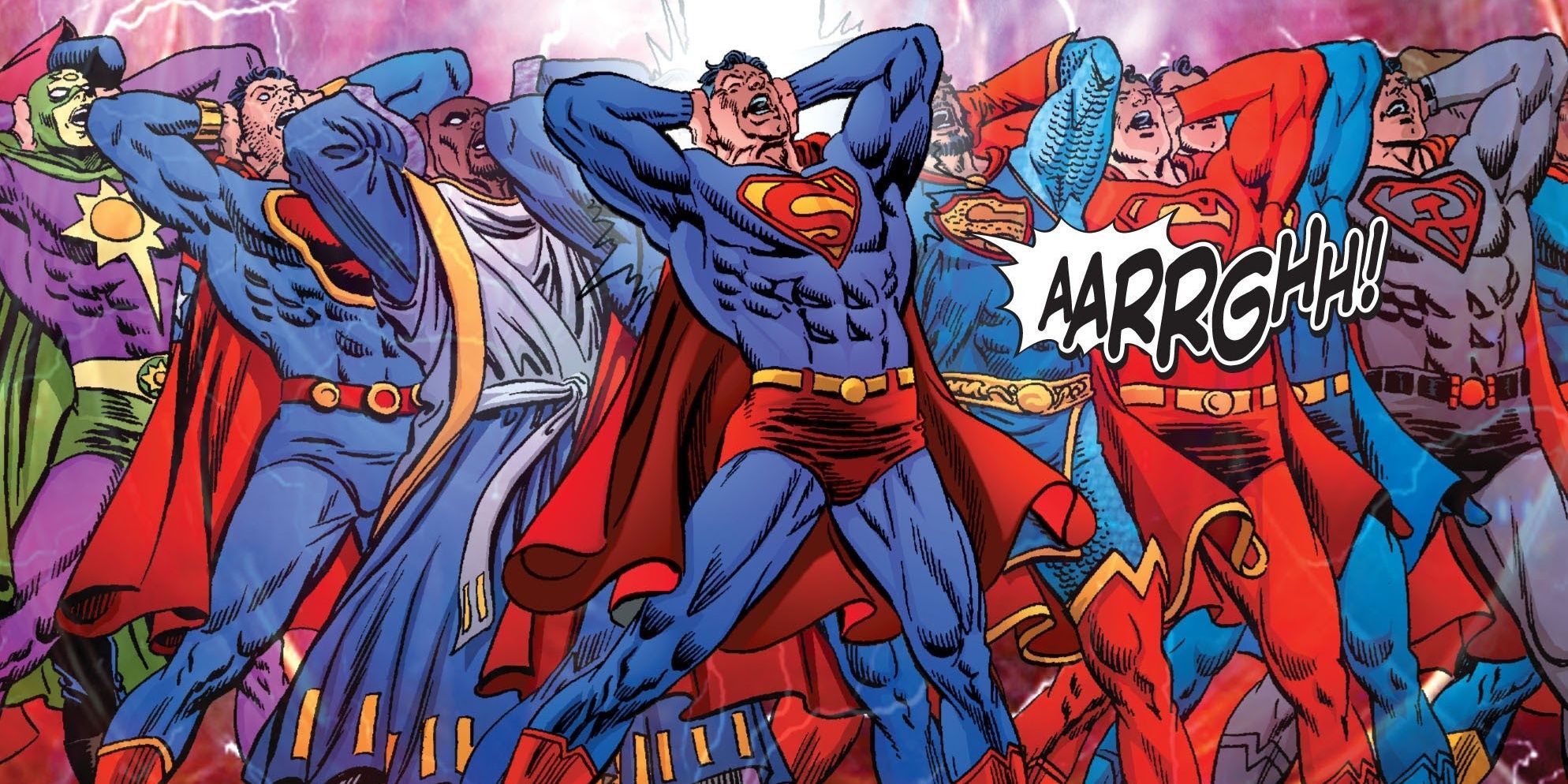The history of DC Comics has seen multiple reboots of their superhero universe, some minimal while others were more drastic. With all signs pointing to another reboot on the horizon, DC needs to learn from its past.While DC saw a reboot era in its Silver Age, when it replaced mantles from the Golden Age with newer and younger heroes, their first official reboot was Crisis On Infinite Earths. Since then, the publisher has seen multiple relaunches and reboots to its line.
Of these reboots, the New 52 has proven to be the most divisive, while the recent Rebirth has been remembered as the most successful and popular among fans. With so many of these events behind them, as well as ample feedback from fans on what worked and what didn't, DC needs to learn the key lessons from its past if they attempt another reboot.
The New 52 was one of the most significant changes in DC's shared continuity. Not only did it reset the timeline, retelling a number of origin stories, but it outright erased some fan-favorite heroes from continuity. Despite the divisive changes, the era did see very strong initial success with its darker and grittier spins on the likes of Batman, Superman and Wonder Woman. Prominent stories such as "Court of Owls", "Darkseid War", the meeting of the Justice League and the new Green Lantern all resonated with fans of ther characters. While many fans were disappointed by the changes, sales soared. However, the hype soon died off, and more and more fans expressed a wish to go back to what they saw as the best of DC history.
In 2016, the world of DC was again changed, and the New 52 continuity was undone. Characters like Lobo and Martian Manhunter were given their original designs back, a more wholesome Superman arrived on the scene and erased heroes were restored. The Rebirth initiative, ushered in by Geoff Johns, sought to return the more classic, beloved and iconic interpretations of the DC pantheon. The reboot chose to maintain the elements of New 52 that worked while disregarding the aspects that had contradicted older lore and histories.
The Rebirth initiative, while altered by Scott Snyder's Metal events, is still largely intact and hasn't been completely broken as of yet. However, the post-Future State era "Infinite Frontier" and the use of the omniverse concept has left a confused continuity in place. The concept that all histories of DC, all continuities and all stories are in the same place is something that needs fixing. And the sometimes out of control growth of super-families, to the point that Batman's Bat-family now outnumbers the Justice League, should be addressed sooner rather than later.
One of the things that Rebirth got right was to start out with a simplified world. A line-wide reboot that reverted to first issues, super-family characters carrying their own titles, and no major events was a huge benefit to new readers as well as older ones. The events of the main books were mostly contained, with a limited number of crossovers, of which wouldn't typically last longer than six issues. This made the Rebirth era incredibly welcoming to new fans, and the classic versions of characters wooed back fans alienated by New 52.
Another key lesson from the Rebirth initiative is the use of classic, well-known talent to lead the universe. Comics veterans like Dan Jurgens, Keith Giffen, Geoff Johns, Bryan Hitch, Peter J. Tomasi, and Christopher Priest led the way for the new direction at DC. And, just as importantly, the era was led by a strong assortment of heroes with their own books, and a much lower dependence on Batman comics. The likes of Green Arrow, Teen Titans, Deathstroke, Aquaman, Hellblazer, Blue Beetle and more were given their own solo books, as well as two Green Lantern ongoings. Batman is popular for good reason, but more heroes need their own titles again.
With the two contrasting reboots to consider, as well as subsequent world-altering events like Death Metal and Future State, DC has a lot of options to consider. Namely, they should remember what New 52 and Rebirth had in common: simplicity and star talent. However, there should also be a keen focus on the New 52's failings, and why it has aged so poorly among fans. The fixation on dark and gritty stores at the expense of character lore, coupled with needless redesigns and even character erasures was all unnecessary. Fans want the best of who these heroes are on the page, with dynamic creative teams that balance old and new, and a steady flow of easy-to-follow story arcs.
DC has also had its share of soft reboots. These can be seen in, for example, the aftermath of Infinite Crisis, an era that saw a number of titles relaunched, older books resurrected and classic mantles returned. In Brad Meltzer's Justice League of America relaunch, the soft relaunch was marked by selection of a new JLA, as well as the return of titles like Jonah Hex, Batman & the Outsiders and Brave and the Bold. These reboots, rather than altering continuity or re-establishing timelines, simply relaunched titles with new team rosters and fresh story arcs and creative runs.
The softer and simpler reboot may be needed following the events of Dark Crisis On Infinite Earths. The DC universe has grown to feel crowded, aimless at times and has too much of a dependency on Batman and events. Green Lantern sustained two ongoings from 2011 to 2018 as well as miniseries and tie-in comics. However, the core concept can barely sustain one title, should be a warning sign to DC. A new reboot, whether soft or hard, should serve as an opportunity for DC Comics to simplify their line and move back to the success they had with diverse ongoings.
While fans are typically skeptical of reboots, all signs at DC are currently pointing to one on the horizon. Multiversal events, especially "Crisis" events, almost always lead into relaunches at least, if not outright reboots. And DC's schedule sees many stories and miniseries wrapping up just in time for the end of Dark Crisis On Infinite Earths. Regardless of fan desire for a reboot, a new era of DC seems imminent, and likely necessary considering the currently crowded world of the superhero publisher.
In an era of excellent talent, both classic creators and new rising stars, DC can absolutely make a new reboot work. Comic book creators are always eager for new projects, and a rebooted line would be a good opportunity to duplicate Rebirth's strategy to better effect. The universe doesn't need a reboot as hard and extreme as New 52, however the 2016 initiative presents a great template. Recent DC history such as John Stewart's ascension to New God, Superman's "Warworld Saga" and the various other stories since 2016 should remain intact.
Balancing the need for a new status quo with respecting the excellent stories since 2016 shouldn't prove a difficult task. After all, DC has plenty of formulas to look to, from the likes of Crisis On Infinite Earths and Infinite Crisis to New 52 and Rebirth. Dark Crisis On Infinite Earths should look to all of these to usher in a new DC world, while also leaving its own unique mark on DC history. Classic mantles, underrepresented heroes, a range of titles and talented creators will all be key to whatever DC has in store for fans down the road. With Geoff Johns' return to the Justice Society of America, that future currently looks bright.

